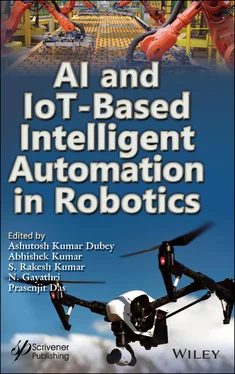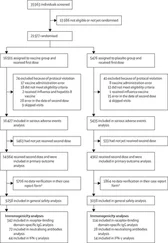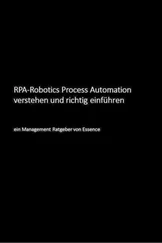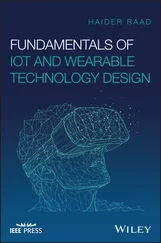Autonomous ships and submarines that utilize on-board PC frameworks, GPS, sonar, laser, infrared and different sensors, are improving reconnaissance and warranting a substantial amount of investments to fund. For Sea Hunter, the operational quotes run from US$15,000 to US$20,000 every day. Contrast that with an everyday cost of around US$700,000 to operatea destroyer [23].
As per DARPA, these submarines could transform United State naval operations and can lead the way to a new type of naval warfare. These autonomous ships and submarines are capable of changing the result of any warfare, without losing a single life. Figure 3.8shows autonomous submarines and ships that are in the testing phase of development.
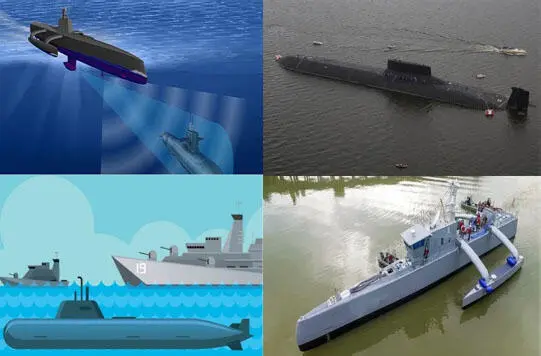
Figure 3.8 Autonomous submarines and ships currently under development.
3.4.4 Humanoid Robot Soldiers
In the twentieth century, approximately 108 million people were killed due to warfare, and it is estimated that approximately 150 million to 1 billion people have been killed in wars throughout all of human history [28]. Humanoid robot soldiers will help to reduce these kinds of deaths in the future. Humanoid robots are modeled like humans. Since they are designed for specific tasks, the functional abilities of these robots are different from each other. We all have seen humanoid robots in movies in which they are fighting to achieve some specific goal. Humanoid robot soldiers are a type of humanoid robot designed to model armed soldiers to participate in warfare.
The world is busy developing humanoid robot soldiers which can replace armed forces. Some countries have developed really good humanoid robots which they keep upgrading [27]. FEDOR, a humanoid robot developed by Russia, can shoot at targets using both hands. FEDOR, which is short for Final Experimental Demonstration Object Research, is also known as Skybot F-850 [16]. There are many humanoid robot soldiers in development. The United States is developing an advanced humanoid robot which can replace the soldiers in the armed forces.
Humanoid robots will be part of future wars, and a country having the latest technologies for armed robots will most probably defeat its opponent. China and the United States are busy competing with each other to become the leader in AI technology. China wants to become the leader of this emerging technology, with 2030 being the deadline to achieve this goal. It is investing billions of dollars to promote home invention and many startups in the Silicon Valley [18]. Currently, many humanoid robot soldiers are under development. Some of the military robots of the future are [31]:
Atlas
Avatar III
Corrosion Resistant Aerial Covert Unmanned Nautical System (CRACUNS)
TALON
Black Knight
Guardium
Currently some humanoid robot soldiers have been developed and many are in the testing phase of development. Russia has developed Fedor, the United States is developing Atlas, and so on. Figure 3.9shows some humanoid armed soldiers who will replace human armed soldiers in the future.
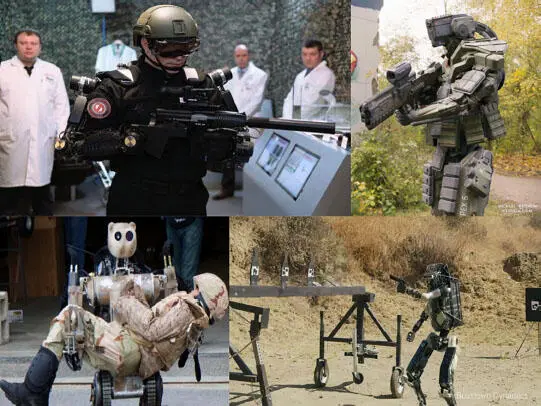
Figure 3.9 Some examples of humanoid armed robots.
3.4.5 Armed Soldier Exoskeletons
What is an armed soldier exoskeleton? Is it a robot or a human? It’s neither a robot nor a human, it’s a combination of both. Most probably everyone has seen the movie Iron Man in which there was an Iron Man suit; it is the same as that. The United States Special Operations Command, with the cooperation of the Defense Advanced Research Projects Agency (DARPA) and Harvard, is presently inventing a Tactical Assault Light Operator Suit (TALOS), which is a battery-powered exoskeleton intended to be worn by fighters to enhance strength, endurance and ergonomics [28].
Notwithstanding a strong exoskeleton that bolsters the administrator, the suit includes physiological and organic sensors, actuators that fill in as the muscles to control the suit, processors and PCs, a cap with advanced presentation and different correspondence frameworks.
TALOS and other exoskeletons being created in nations such as Europe, China, and Russia, will help support soldiers when walking long distances or carry heavy loads, including casualties. Additionally, they can possibly offer ballistic and bomb protection in an assault [27].
By conserving human energy and reducing injuries, soldiers will be able to keep moving longer, reducing the amount of down time, which is a huge military advantage. Regardless of some lingering issues, the work on the main model is expected to be finished by the end of 2018. The connection between robots and the military is experiencing some dramatic changes. Rightly or wrongly, this forward-moving innovation is changing how countries handle defense, from observing enemy activity and completing missions to who we send into battle.
Be that as it may, while robots utilized in military positions can help decrease costs, empower efficiencies and spare lives when on our side, when in the hands of the foe, or whenever given an excess of self-rule, they could introduce new dangers which could be deadlier. Therefore, new ethical protocols need to be developed to decrease the dangers.
Armed soldier exoskeletons, which are a combination of humans and robots, are shown in Figure 3.10[21].
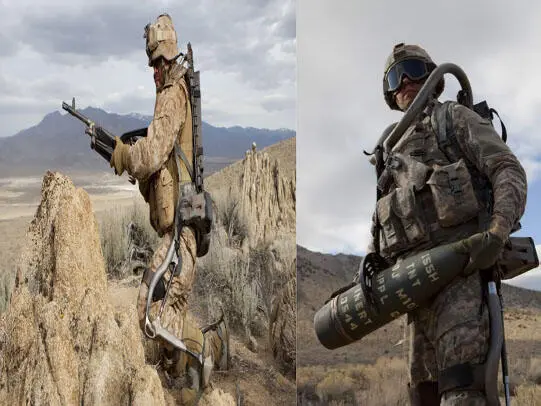
Figure 3.10 Armed soldier exoskeletons.
A complete long-range vision of the vital job that AI has in the military is the basis of the innovative work being done in AI development. The vision must cover different key aspects of AI, taking into consideration the role AI plays in autonomous weapons and digital barriers, and figuring out precise arrangements for every one of them. It isn’t necessary that these approaches be in accordance with either broad universal supposition or strategy shifts in different nations on these issues, as long as they sufficiently serve national interests. The advancement of such an exhaustive vision will enable the Indian government to enhance the assignment of its significant research capacities towards the improvement of explicit AI abilities that would most profit the nation.
The days are gone when armed soldiers will fight during warfare. Future wars will be fought based on technology, and countries who strike with advanced warfare technology will probably win the war. The world is preparing for future warfare. Currently, in the United States, DARPA is investing billions of dollars in research and development of robots for warfare. China is trying to become the leader in this technology by 2030; to achieve this goal they are investing billions of dollars to promote inhouse innovation and Silicon Valley startups.
As of now, many robots have been developed and many are still under development. Some of the names of upcoming robots are [31]:
Ripsaw MS1 (autonomous tank)
DRDO Daksh (support UGV)
Goalkeeper CIWS (autonomous ship defense system)
Atlas (search and rescue bipedal UGV)
Black Knight (UGV tank)
Protector USV (unmanned patrol boat)
1. http://www.academia.edu/download/59339185/2017-01-26-artificial-intelligence-future-warfare-cummings-final20190521-119589-196oqd3.pdf
Читать дальше
